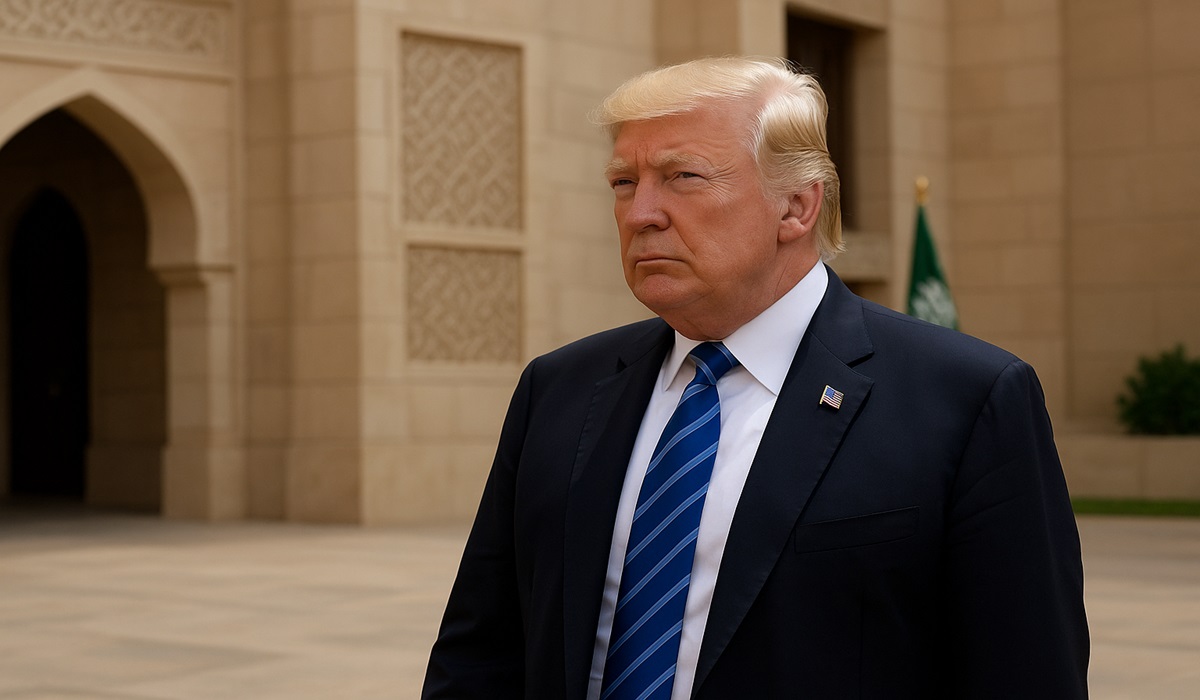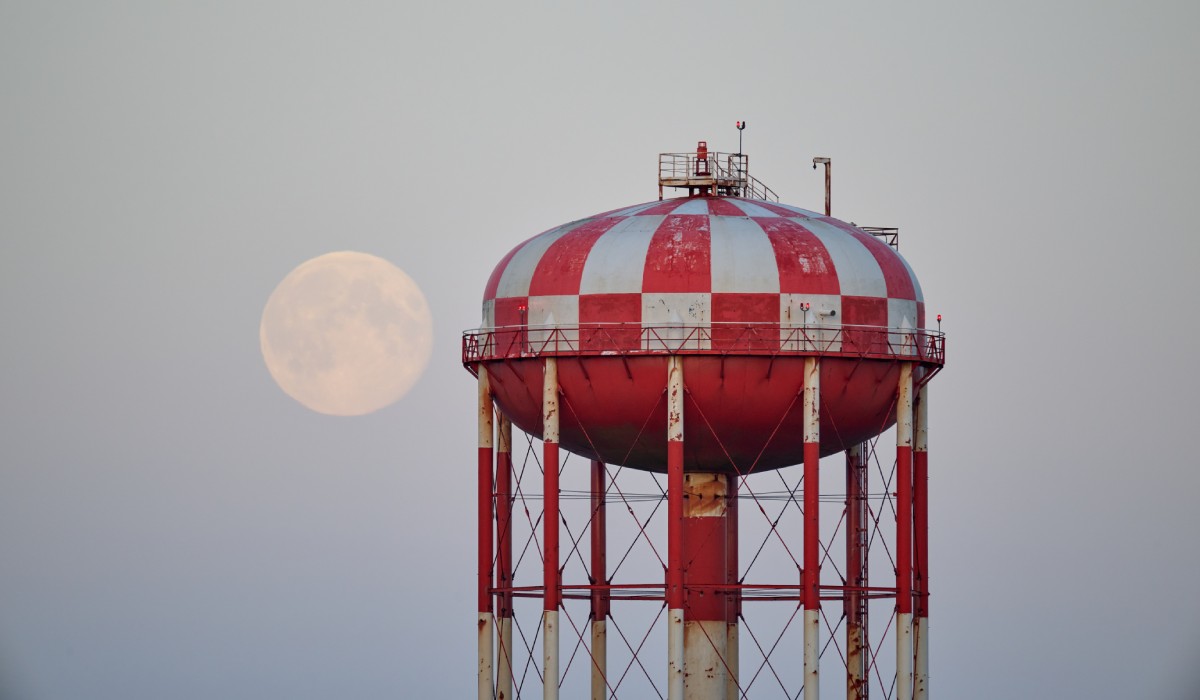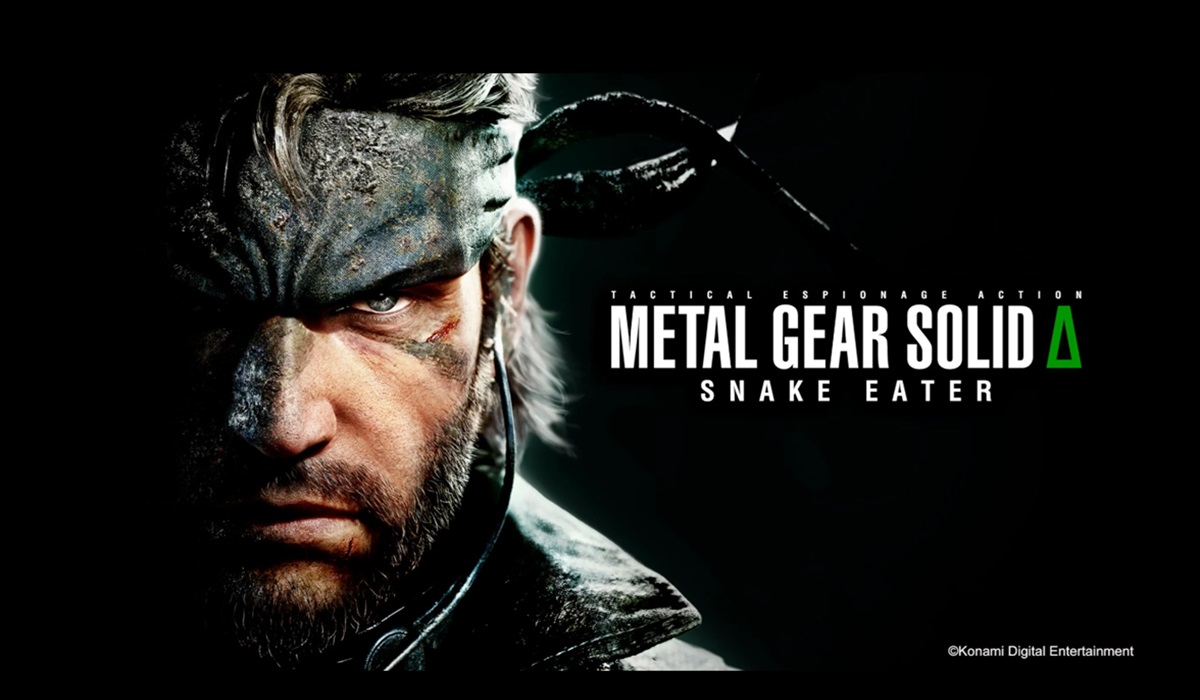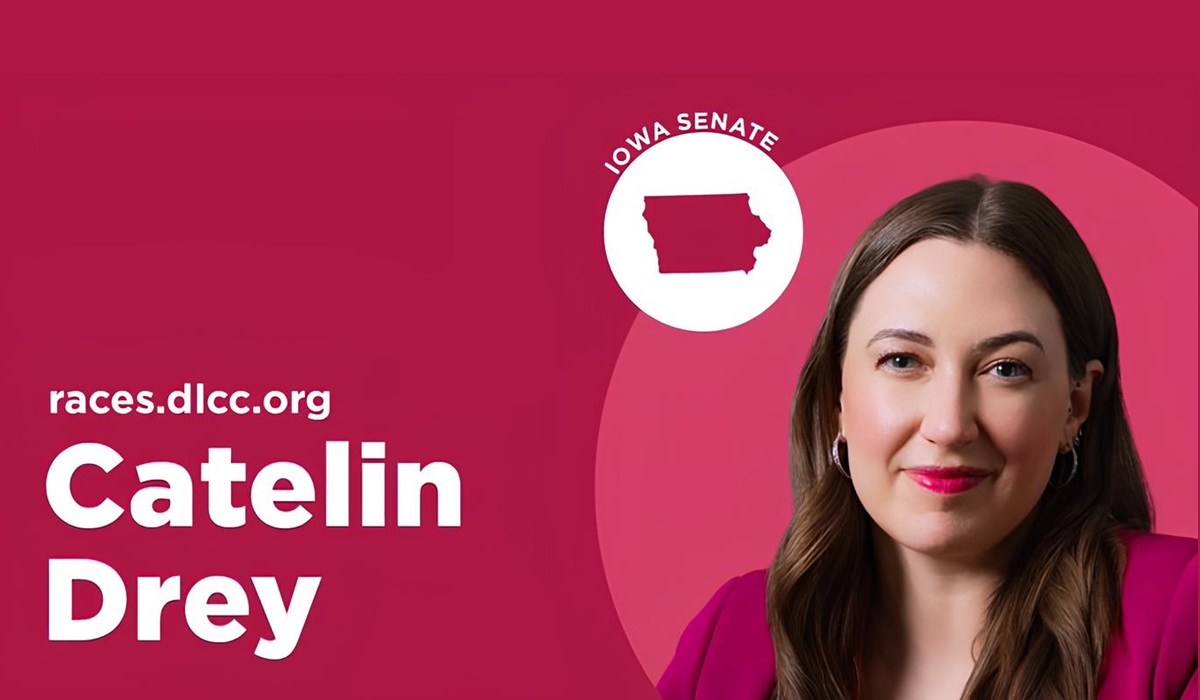The Epstein Case Just Got Worse — And Trump Is Now at the Center of It All
- Naomi Dela Cruz
- Trending News
- July 24, 2025

Something is deeply wrong.
Jeffrey Epstein’s death was supposed to end the conversation. But instead of closure, it has opened new doors—dark ones, full of contradiction, silence, and suspicion. What began as a scandal involving a single man now appears to stretch across decades, continents, and institutions built to protect the powerful.
New leaks suggest that the story is far from over. In fact, it’s getting worse.
According to a recent report by the Wall Street Journal, sealed FBI grand jury files related to Epstein have started to surface. Among them: a handwritten birthday letter allegedly from Donald Trump to Jeffrey Epstein. If real, it directly challenges the narrative Trump has maintained for years—that he hardly knew the man.
This single document—if authenticated—raises new questions. Not just about Trump’s relationship with Epstein, but about the lengths to which those relationships were hidden, minimized, or simply denied.
Images and guest lists have circulated for years—photos of Epstein and Trump at social functions, wedding receptions, charity events. Those photos have long been waved off as incidental, part of the social swirl of Palm Beach and Manhattan high society. But if personal notes and logs start to match those timelines, then this wasn’t just casual association. It was contact. Repeated. Intentional. Possibly even friendly.
And yet, the response from those in power has not been to explain—but to suppress.
Current Attorney General Pam Bondi, who now oversees matters related to the sealed Epstein files in Florida, has reportedly made attempts to have the grand jury documents released. But a federal judge has blocked those efforts, citing the sensitivity of the material and broader implications for national security and ongoing investigations.
This raises its own unsettling questions. What, exactly, is so damaging about the truth? And who stands to lose the most if it’s made public?
The change in tone from key figures hasn’t gone unnoticed. The current FBI Director, Kash Patel, once publicly advocated for full transparency in the Epstein investigation before taking office. He was among those who believed the sealed files contained names and records that could implicate high-level individuals in government, finance, and media. Since assuming his role, however, that language has disappeared. The emphasis now is on “protecting the integrity of investigations,” a phrase many have learned to interpret as a shield against exposure.
It’s not just government officials feeling the heat. Within conservative political circles, the ripple effects have begun. Some longtime supporters of Trump appear hesitant to defend him as new details emerge. Others have grown quiet, perhaps calculating the political risk of staying too close as pressure builds. There are even signs of internal fracture, as prominent Republican strategists and advisors begin to acknowledge, if only behind closed doors, that the Epstein case may become an unavoidable reckoning.
Trump’s team has reportedly taken steps to distance him further from the story. Online archives are being altered. Social media timelines have shifted. Mentions of Epstein at Trump-affiliated properties are increasingly difficult to verify. This may be coincidence. It may be caution. But in the absence of explanation, it feels like a pattern.
Meanwhile, another piece of the puzzle is beginning to move.
Ghislaine Maxwell, serving a prison sentence for her role in Epstein’s trafficking operation, has reportedly been requested to appear before a closed congressional session later this year. While her legal team has not confirmed what she will or will not share, her potential testimony introduces another layer of unpredictability. Some insiders speculate she may offer information in exchange for relief in her ongoing legal battles. If that happens, the narrative—already shifting—could implode.
There are rumors, too, of additional evidence: photos, videos, flight records, text messages. No one has seen them publicly. But investigators, journalists, and legal observers say that the sealed records go far deeper than previously assumed. That Epstein’s reach was wider. That the list of known associates—already troubling—may be only the surface.
And still, the public is kept at arm’s length.
The justification offered is always the same: the need for discretion, the complexity of the case, the risk of compromising justice. But for victims who have waited years—many in silence—these delays do not feel protective. They feel strategic. Like something is being managed. Like someone, or several someones, are being protected.
Trump’s denials have always been clear. He has said he didn’t know Epstein well. That their interactions were brief and ended long ago. But the emerging material—if it continues to appear—may begin to complicate that position. Not through statements or accusations, but through cold, factual artifacts. Calendars. Photographs. Letters. Logs.
And once those things are in the open, denial becomes more difficult.
There is no direct accusation yet. No formal charge. But the atmosphere is shifting. There is tension where there was once indifference. Uncertainty where there was once loyalty. The question hanging in the air isn’t if more evidence exists, but when the public will see it—and who will be implicated when they do.
What’s being protected inside those sealed grand jury files? Why would national security be at risk from their contents? What names are listed—and in what capacity?
There are those who say this is nothing. That it’s all political. That Epstein’s world is closed and those who knew him, even briefly, are being unfairly dragged into guilt by association. That the story is being used as a weapon in an election cycle already soaked in division.
But then there are others who quietly ask: What if it’s worse than we thought?
What if the reason this won’t go away is because it was never fully investigated in the first place?
And what if—this time—it’s not possible to bury the story?








